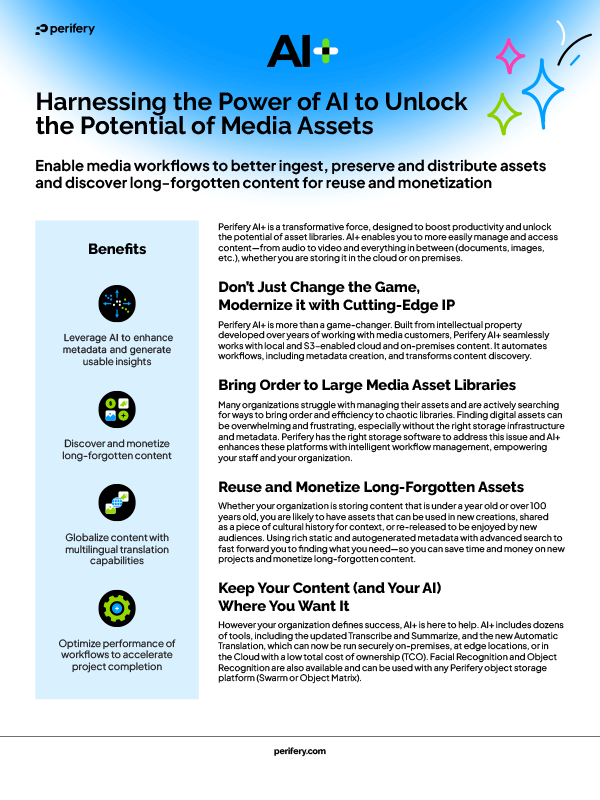
Technology is at the heart of almost everything we do. Whether it’s in a healthcare or educational setting, a media production house or at home, technology forms a huge part of our daily lives. In a recent discussion Courtney Kehl, interim CMO of Perifery, met with Abhijit Dey, general manager and chief operating officer of Perifery, to explore the impact of Edge AI and how it can be utilized to make better decisions, faster.
Pointing out that AI, data management solutions, cloud, analytics, and edge technology, are forming the basis of daily conversations, Courtney asked Abhi, “why Edge? How did we get here?”
Abhi highlighted how the journey towards Edge AI has been marked by significant shifts in the technology landscape. In the early 2000s, AI models were running in the cloud, with decisions being made remotely. However, as the IoT and big data movements gained momentum, the need for faster decision-making on edge devices became evident. The intersection of these trends gave rise to Edge AI – the concept of processing data and making critical decisions at the edge, right where the data is generated.
The power of Edge AI lies in its ability to deliver real-time, intelligent decisions, often in situations where timing is crucial. Abhi illustrated this with scenarios including autonomous cars making split-second decisions and rural hospitals adjusting chemotherapy dosages in real time. The goal is to leverage Edge AI's capabilities to revolutionize various sectors, from healthcare and manufacturing to media and retail.
As organizations transition to Edge AI, they face challenges in data management, scalability, and data resiliency. As Abhi stated, “parallel to the AI industry maturing and transforming so fast, you have this problem, which is the age-old problem, of data management.” The surge in data production and the influx of IoT devices create an urgent need for effective data management solutions. Kubernetes, a powerful container orchestration tool, offers solutions such as persistent volumes, security by rollback, and proactive resource allocation. These innovations are poised to revolutionize data handling at the edge.
Discussing the capabilities of Edge AI, Abhi described the Edge as acting like mini brains. Rather than taking data and uploading it to the cloud (the big brain) and waiting for decisions to be made off-site and sent back, the Edge allows informed decisions to be made in real-time, right at the point of data collection. Courtney mentioned how the adoption of Edge AI is likely to transform workflows, and Abhi agreed, “these are the little things that enables customers and corporations to get better and faster with clear decision making”.
Edge AI promises enhanced decision-making, faster operations, and improved customer experiences. In healthcare, for instance, it enables instant analysis of medical images, expediting critical treatments. Media industries can apply real-time analytics to optimize content delivery, while retail franchises can make data-driven decisions at the local level. The key lies in adopting Edge AI strategically, identifying suitable use cases, and embracing the transformative potential it offers.
As industries across the spectrum recognize its benefits, the proliferation of Edge AI is inevitable. The emphasis will shift towards creating seamless workflows, ensuring data availability, and reducing costs. With the collective efforts of professionals, and innovation from tech giants and the broader technology community, the world is poised for an intelligent edge transformation.
As Abhi aptly said, "We are all in one big team of people trying to change the world," and with Edge AI, that change is already underway.
Missed the live webinar? Watch it on-demand now.
